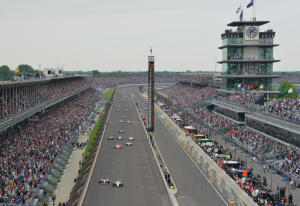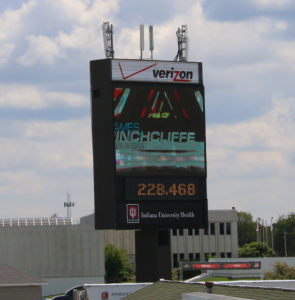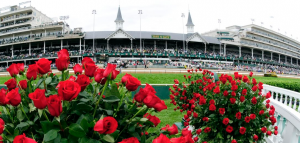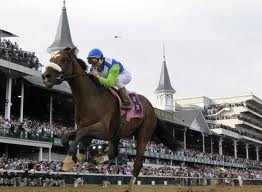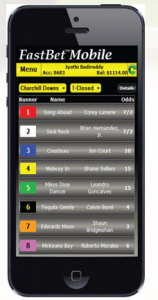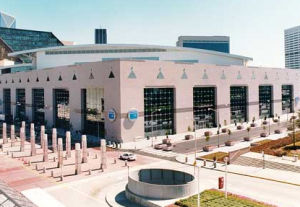 Boingo Wireless continued its deal-winning streak by signing up another NBA stadium for Wi-Fi and DAS services, this time the Atlanta Hawks and Philips Arena. One of just six NBA facilities that didn’t yet have Wi-Fi, the 18,118-seat Philips will now have fan-facing Wi-Fi by the start of the next NBA season, according to a press release from Boingo.
Boingo Wireless continued its deal-winning streak by signing up another NBA stadium for Wi-Fi and DAS services, this time the Atlanta Hawks and Philips Arena. One of just six NBA facilities that didn’t yet have Wi-Fi, the 18,118-seat Philips will now have fan-facing Wi-Fi by the start of the next NBA season, according to a press release from Boingo.
We’ll follow up with the Boingo and Philips folks to get some more in-depth information (and maybe to find out why Philips hadn’t had Wi-Fi before now) but the deal is another in a recent string of contract wins for Boingo, the provider formerly known mainly for its Wi-Fi services in airports. A DAS deployment at Energy Solutions Arena in Salt Lake City, a Wi-Fi and DAS deal for the Air Force Academy, and a Wi-Fi and DAS deal for the University of Houston are all recent Boingo wins, showing that the company is serious about becoming a player in stadium wireless services.
